February is generally the peak season in Hokkaido’s eastern region, but what is it like in January? In this blog, we would like to introduce the wildlife that you might see in East Hokkaido (Kushiro, Notsuke Pennisula, Rausu) in January.
Short-Eared Owl (Notsuke Peninsula)
During this period, short-eared owls migrating from Siberia and other places, could be observed (depending on the year). This grassland owl is a rarity in Japan, but when you visit the open grassy fields in the evening, you might observe them flying around looking for mice. After that, as the weather gets colder, many of the owls migrate to other places around the main island of Japan (Honshu), so Hokkaido in January might be the best time to photograph the snowy landscapes with short-eared owls.
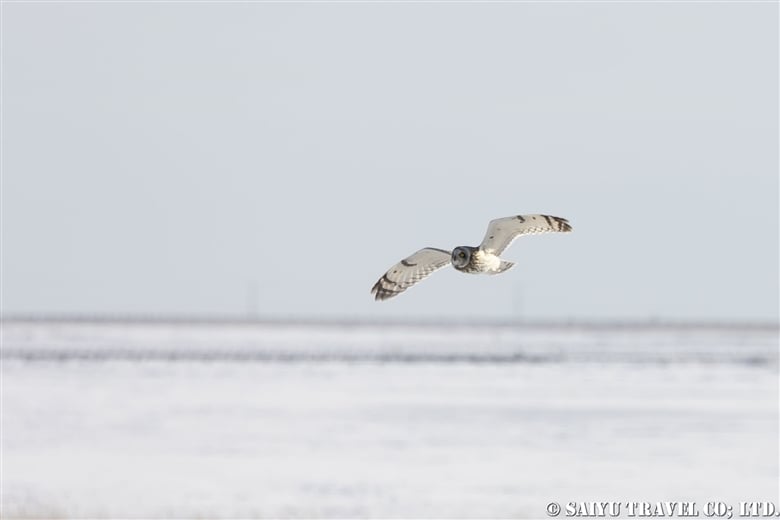
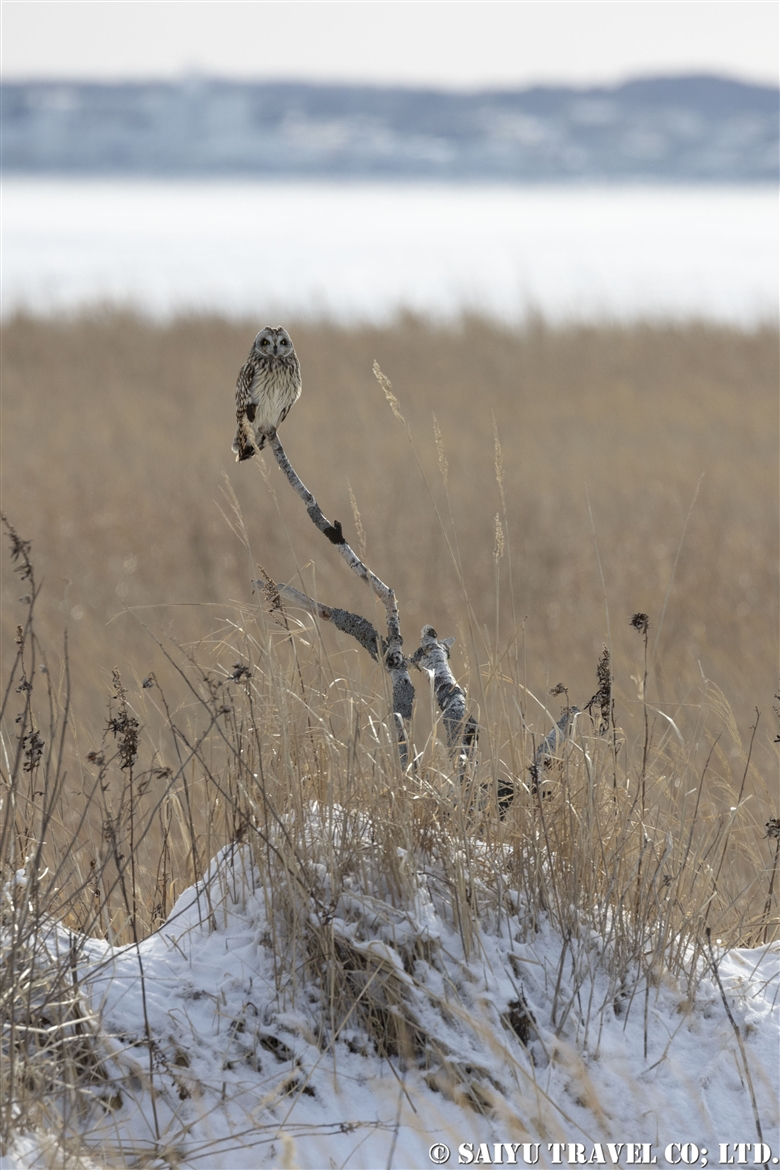
Ural Owl (Eastern Hokkaido)
The ural owl, is an endemic species that inhabits Hokkaido as a resident year around. It is easy to spot these birds in the leafless trees.
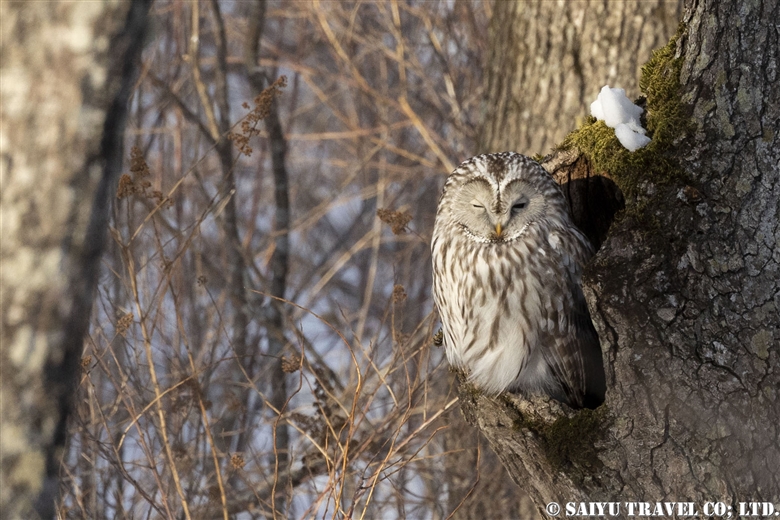
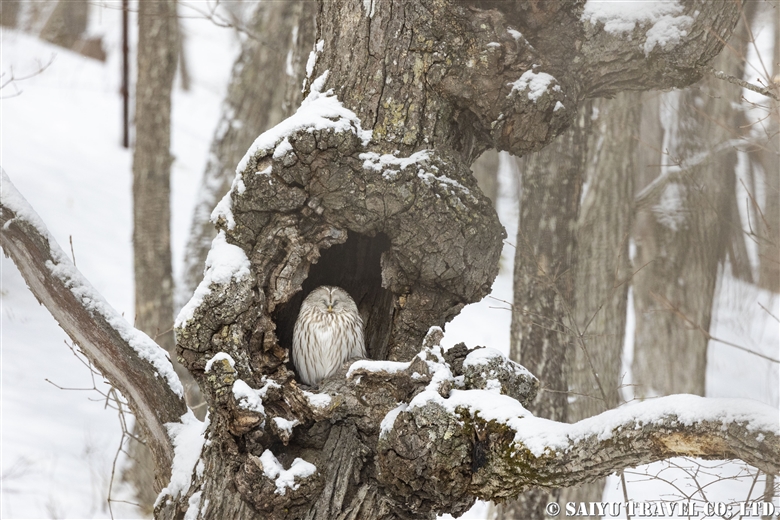
Blakiston’s Fish Owl (Rausu)
The Blakiston’s fish owl can be seen from a facility along the Chitorai River in Rausu. It is a very rare species that inhabits only eastern Hokkaido and Far East Russia (Kunashir Island).
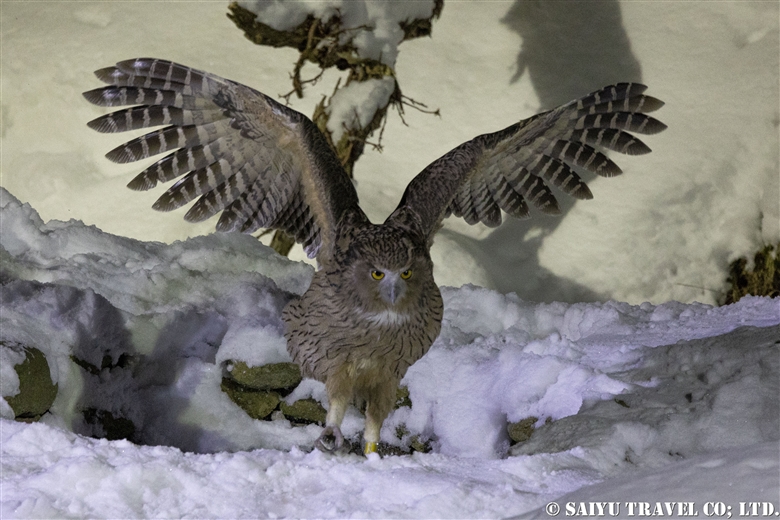
White-Tailed Eagle (Rausu, Notsuke Peninsula, Nemuro)
In eastern Hokkaido, there are wildlife that migrate here to overwinter, and there are also resident birds as well. They are most abundant in February, and can be easily seen flying around Lake Furen and Rausu.
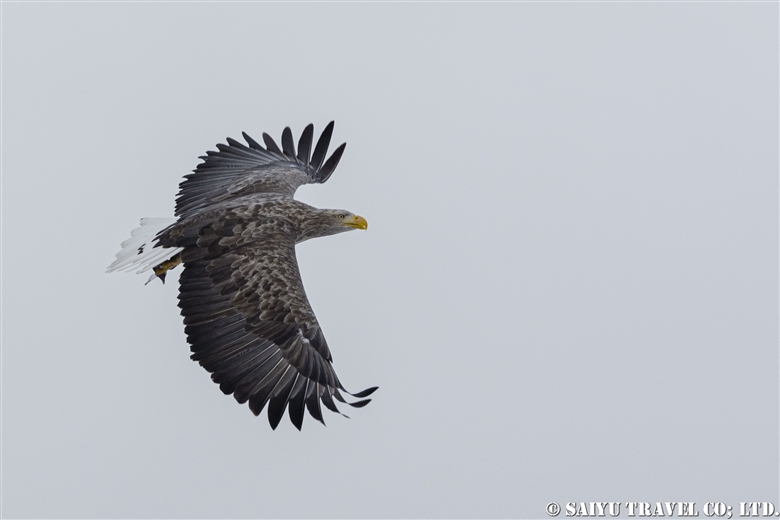
Steller’s Sea Eagle (Rausu, Notsuke Peninsula, Nemuro)
The Steller’s sea eagles, which breed in Far East Russia such as in the Kamchatka Peninsula, migrate to eastern Hokkaido in the winter. February is the most common, month they start arriving, but I was able to confirm their appearance in January as well.
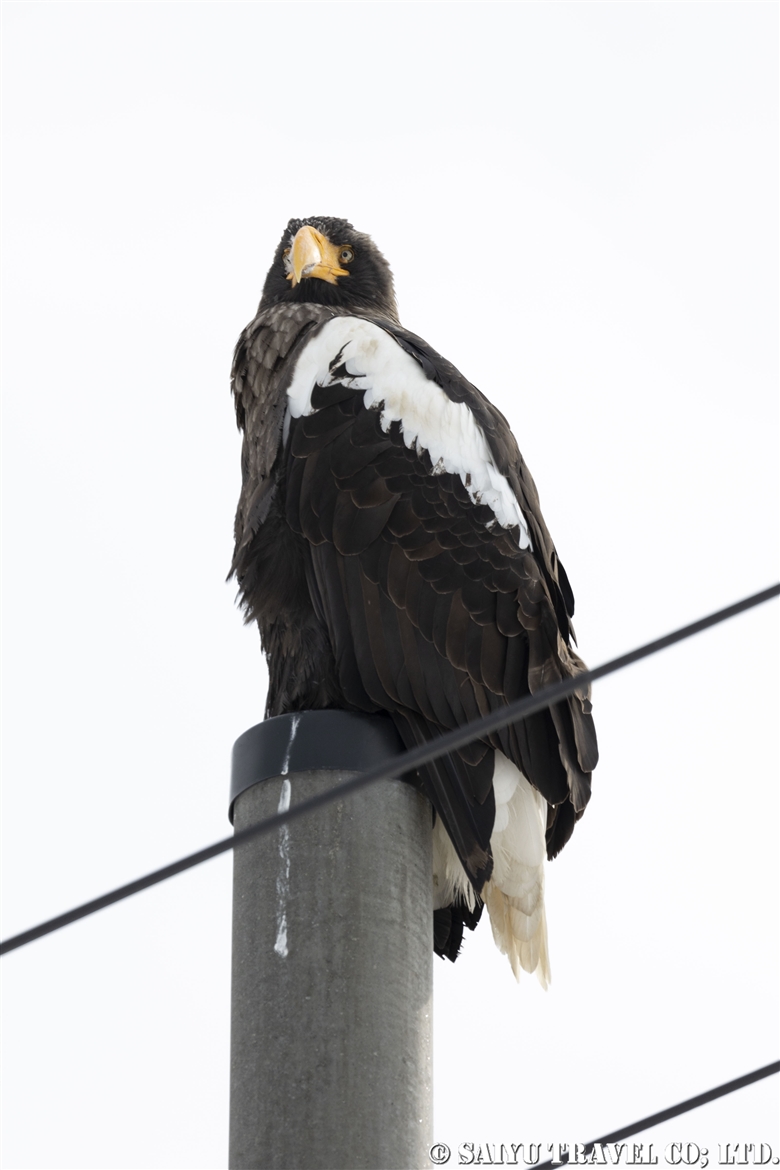
Red Crowned Crane (Tsurui Village)
In January, the red-crowned cranes are preparing for the breeding season. I was able to see the paired couples singing and dancing together, and a young bird practicing alone. From February to March, the breeding season is in full swing, the number of couples increase and the time they spend doing their displays goes on for longer periods of time.
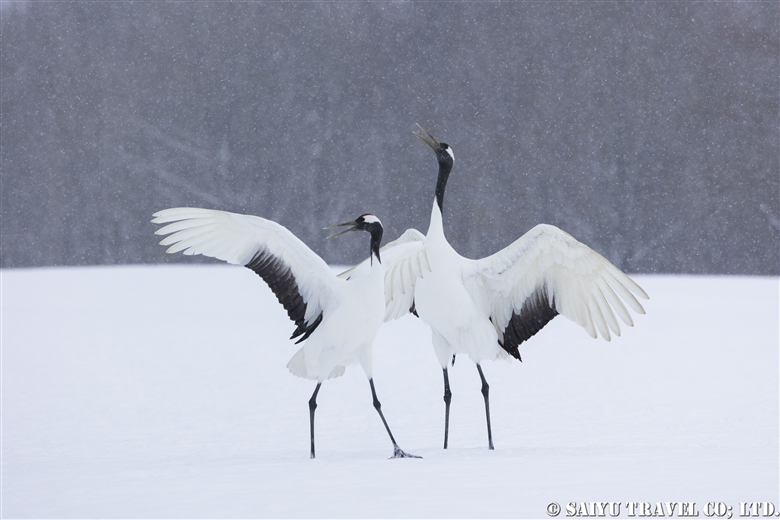
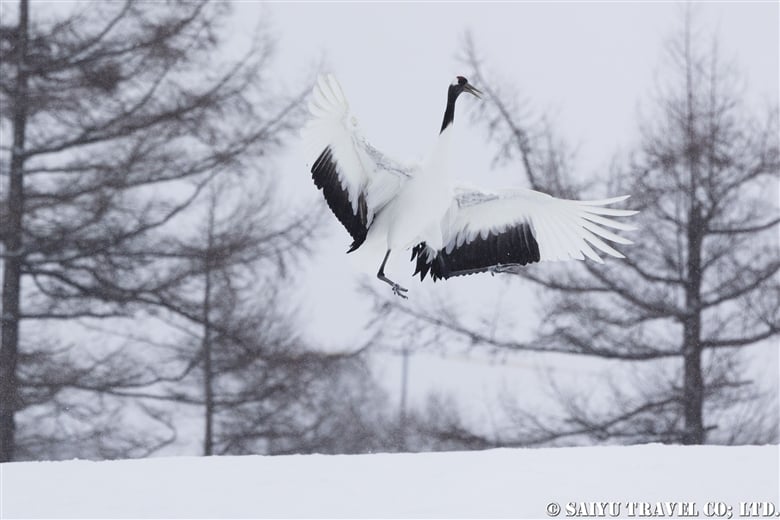
Red Fox
The red fox, a subspecies that inhabits the Sakhalin, Hokkaido and its surroundings, is also approaching their breeding season as well. During this period, males will walk large areas in the deep snow searching for females, so the muscles of the upper body are said to be very developed, and this one here is a good example, showing very developed pectoral muscles.
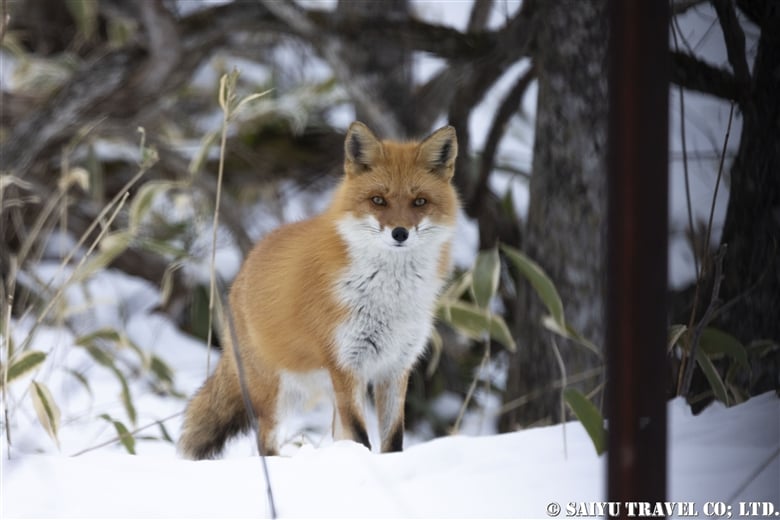
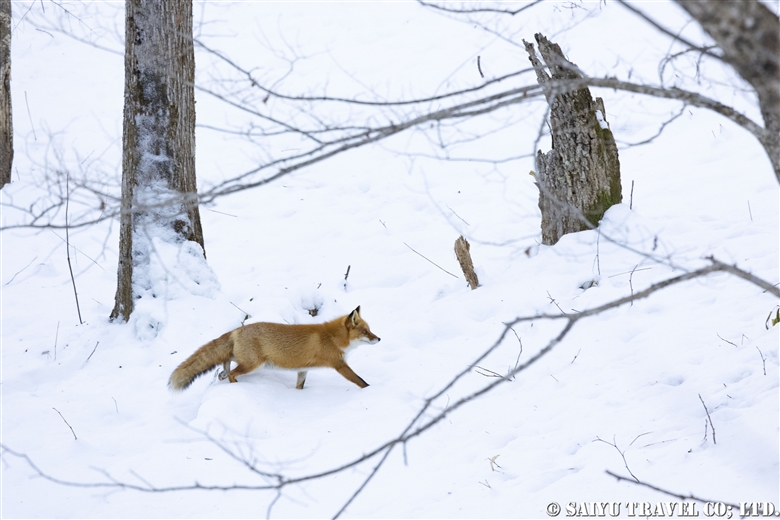
One fox approached us with the Kunashir Island in the backdrop, and if you look closely at its tail, you can see some small hair loss. Scabies is spreading among the red foxes, and is seems to be causing a population decline.
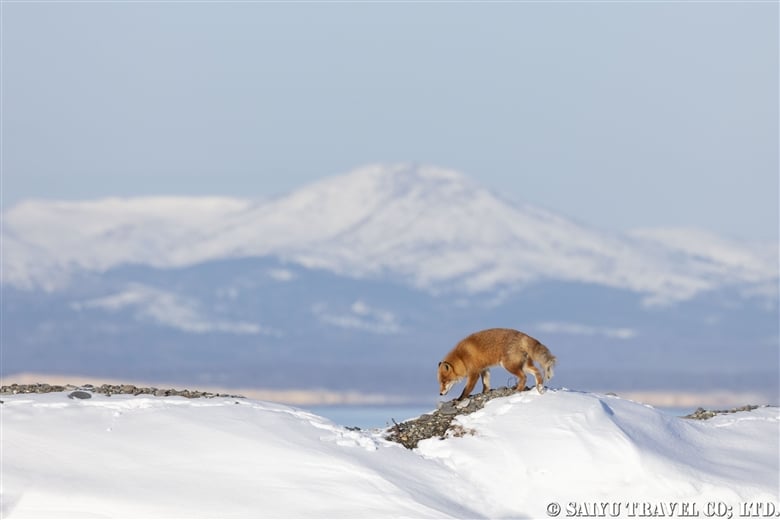
Ezo Sika Deer
These are some Ezo Sika Deer with the Kunashir Islands in the background. At this time of year, they have winter fur and are very cute, but they have a voracious appetite and are highly successful at reproduction, so in some areas they are being exterminated due to damage to agricultural areas. At Shiretoko Sarai, the venison is added to the menu so it is not wasted.
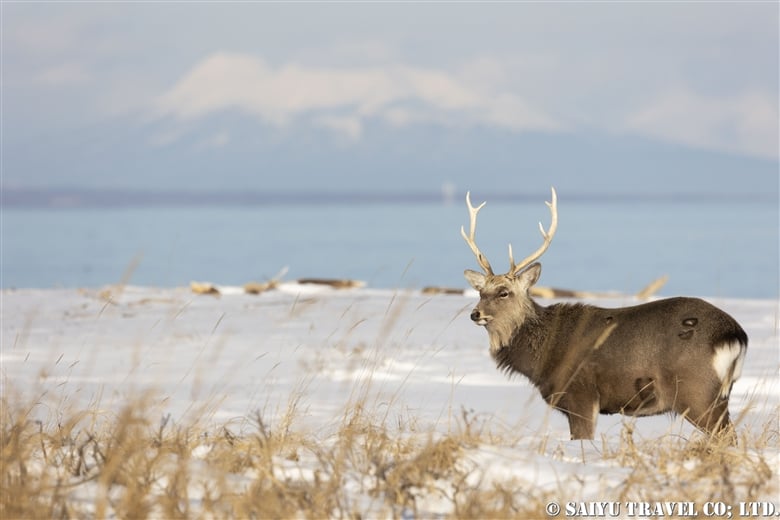
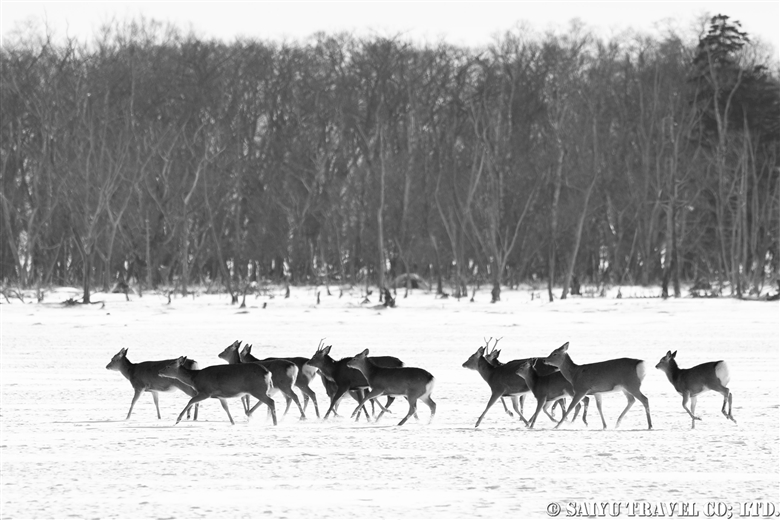
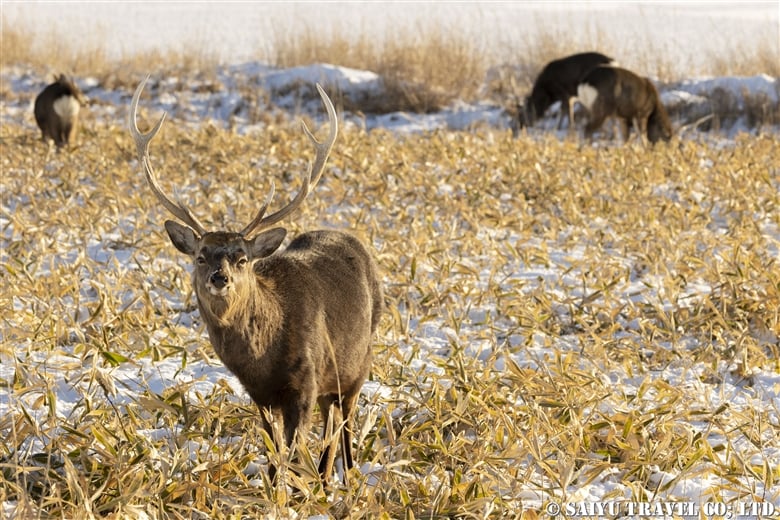
In addition, you might see kestrel and a group of long-tailed tit.
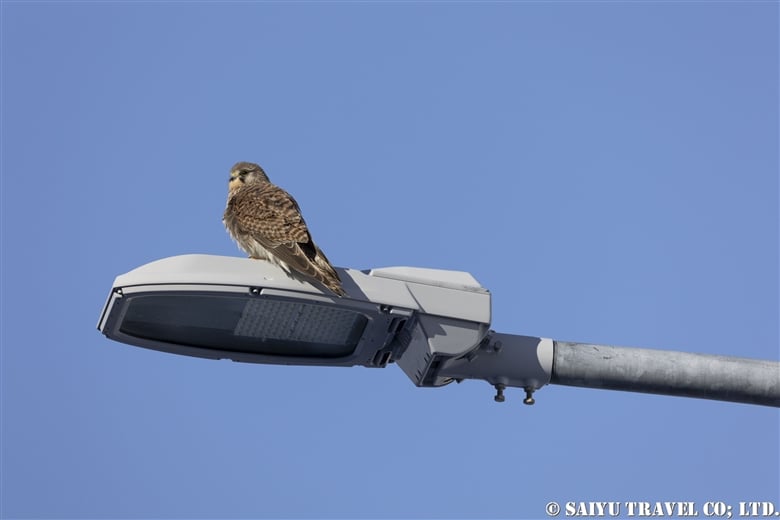
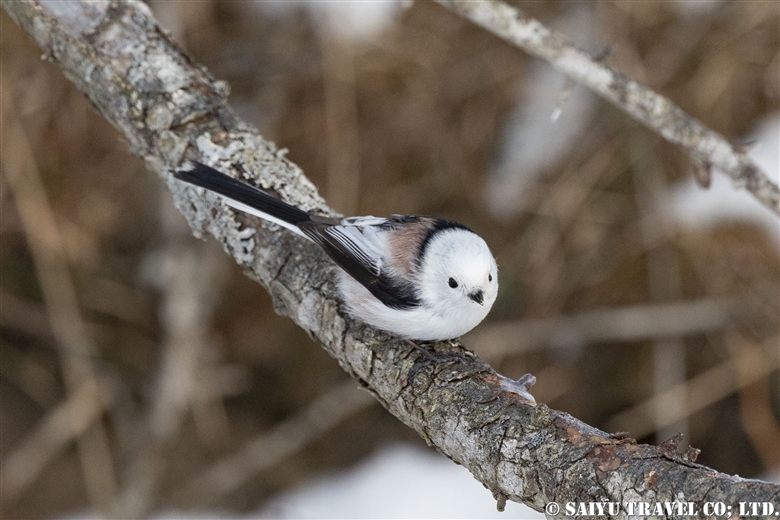
January was a fulfilling time to encounter wildlife in eastern Hokkaido for a 3 nights and 4 days stay in January.
Photo & text: Wataru HIMENO
Observation: Jan 2023, Eastern Hokkaido
*Contact us, Saiyu Travel for more information about wildlife and bird watching in Hokkaido. We can make various arrangements for your trip. We have a guesthouse, Shiretoko Serai, in Rausu, Shiretoko Peninsula.
*Youtube : Wildlife of Japan
Tags: Shiretoko Serai, Shiretoko, Widlife in Japan, Ural Owl, Red-crowned Crane, Saiyu Travel, Birds of Hokkaido, Tancho, Owl, Wildlife Photography tour in Japan, Bird photography in Japan, Tsurui village, Winter Hokkaido, Crane Dance, Blakiston’s Fish Owl, Owl Photography, Rausu, Blakiston’s Fish Owl observatory, Washi no yado




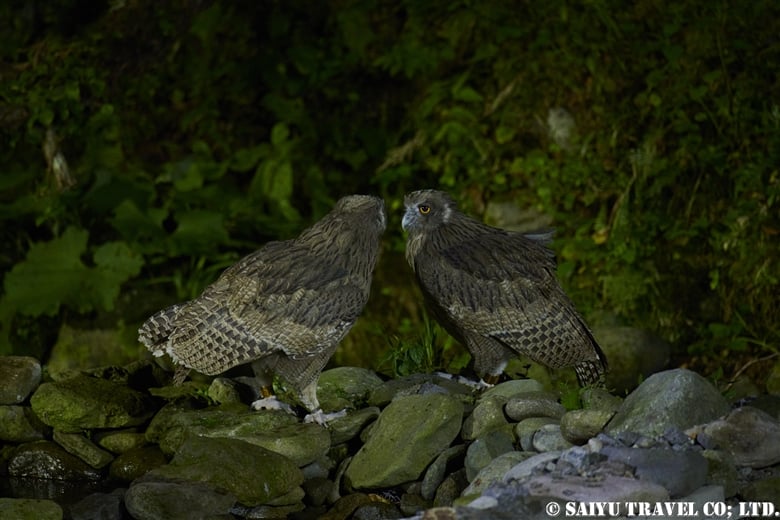
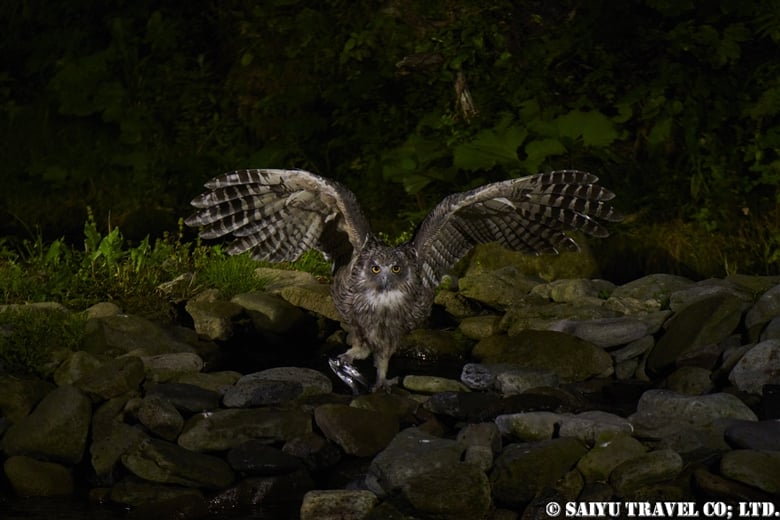
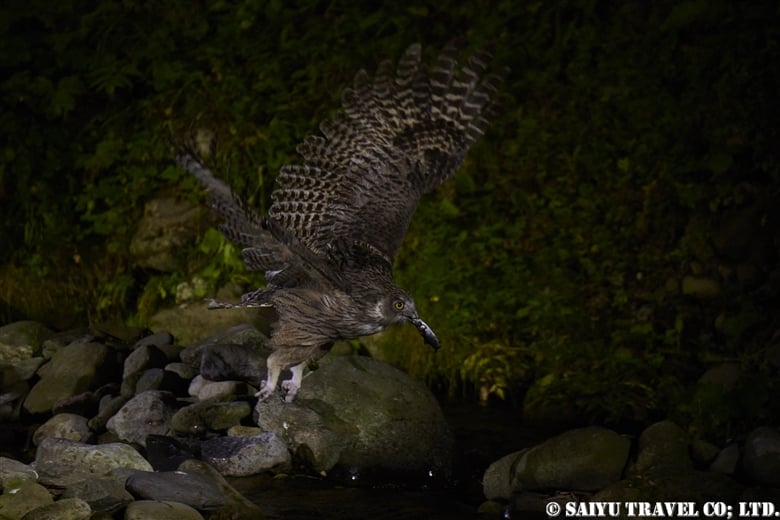
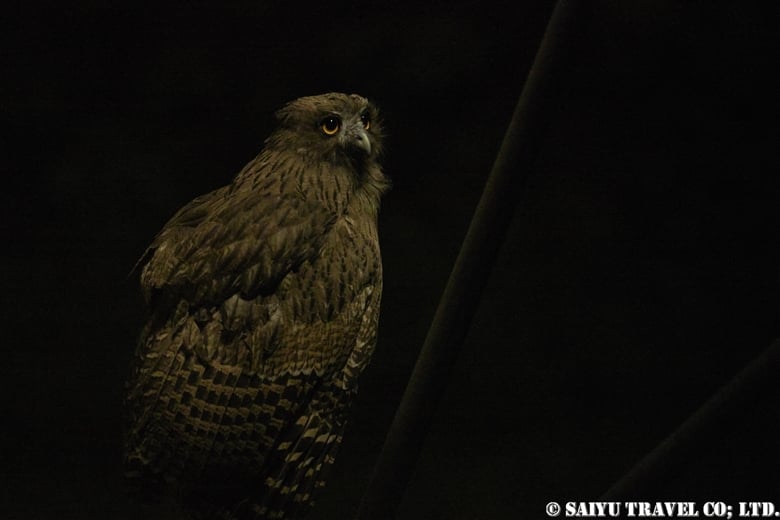






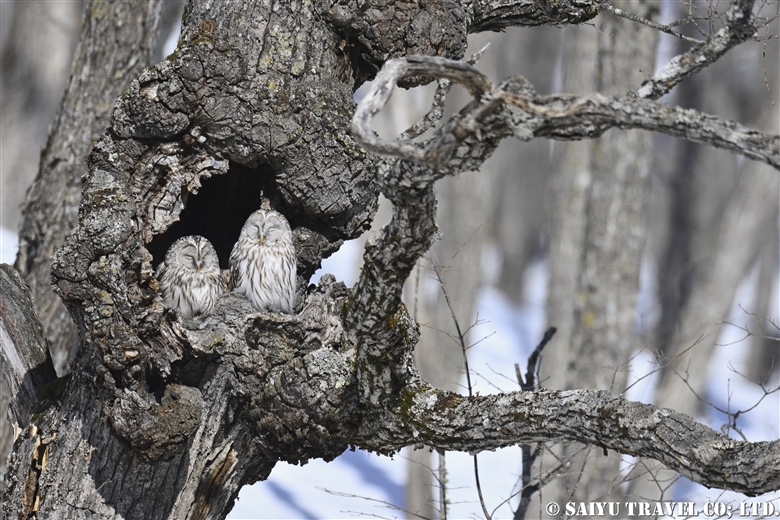
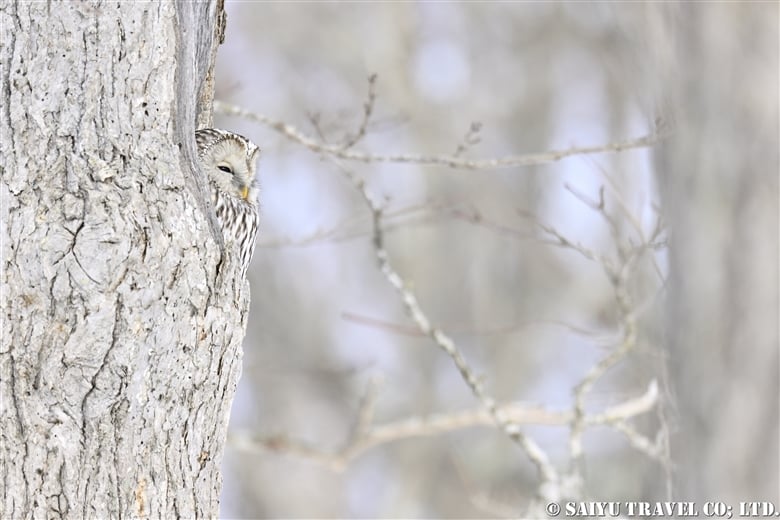
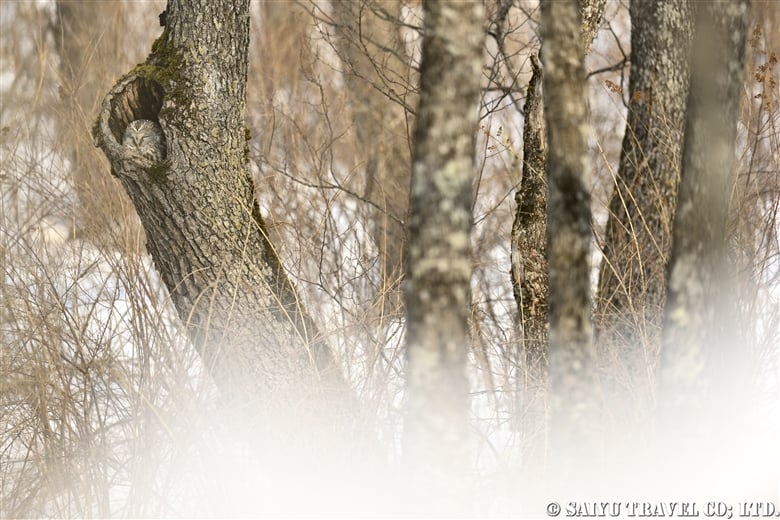
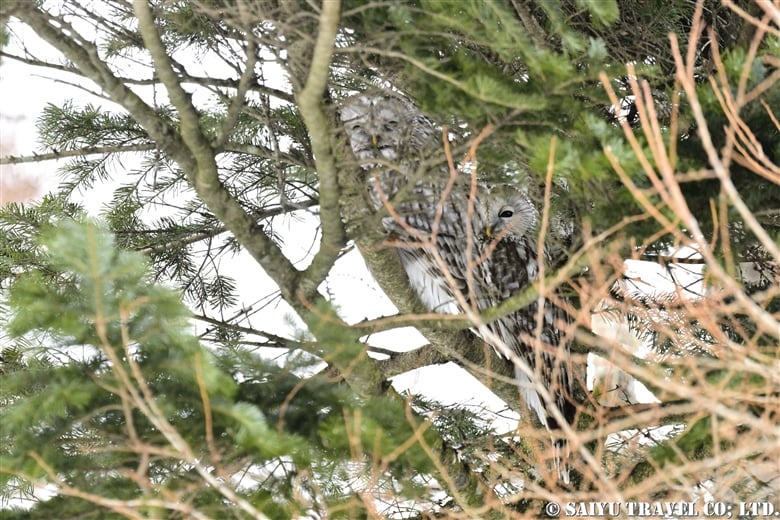









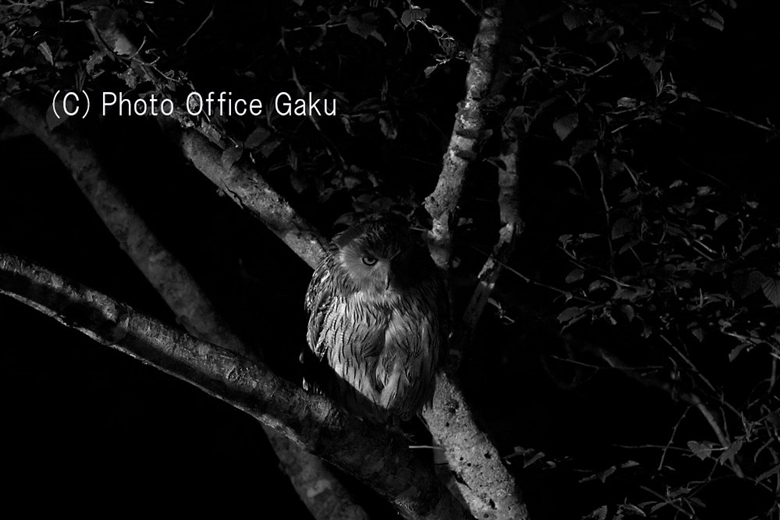
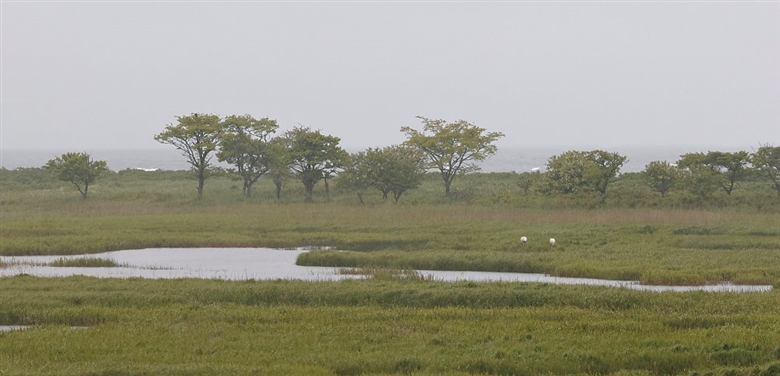
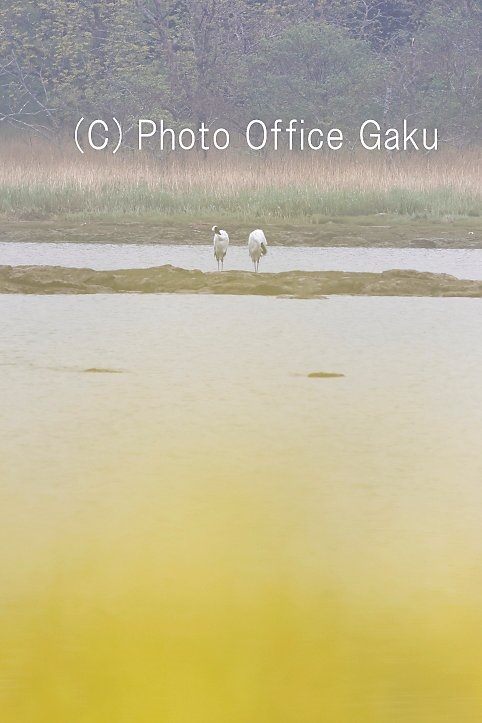
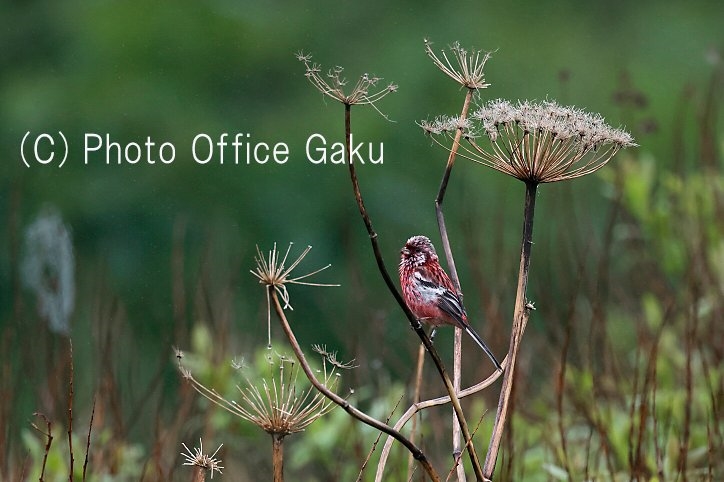
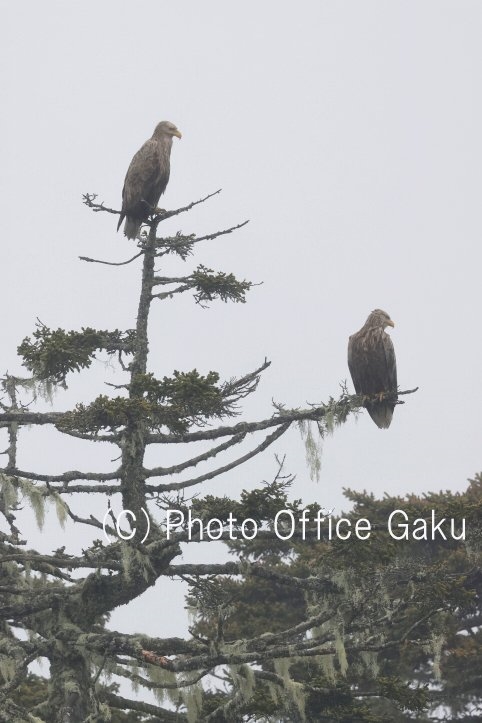
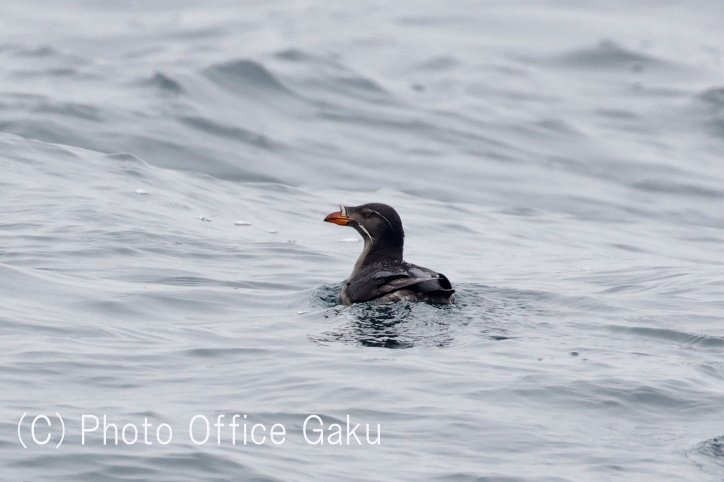
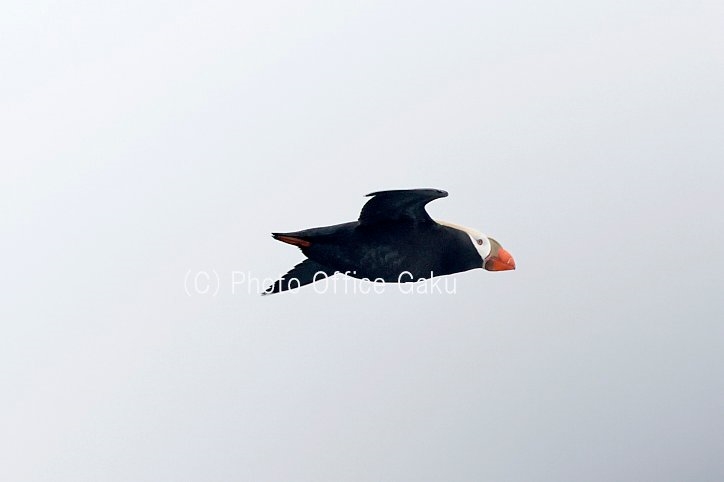
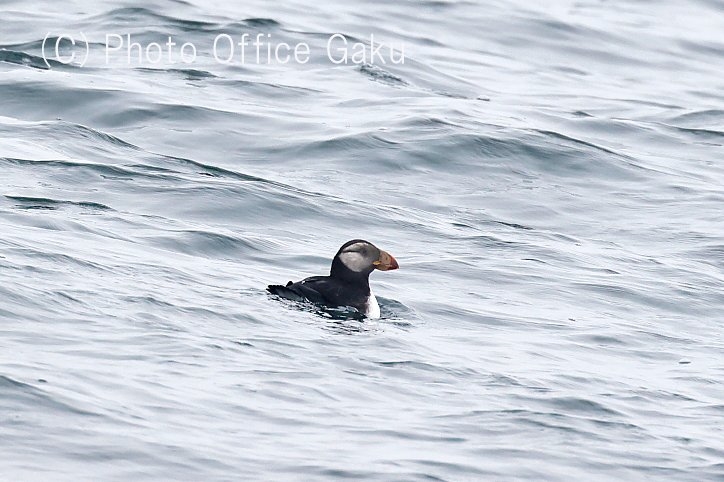
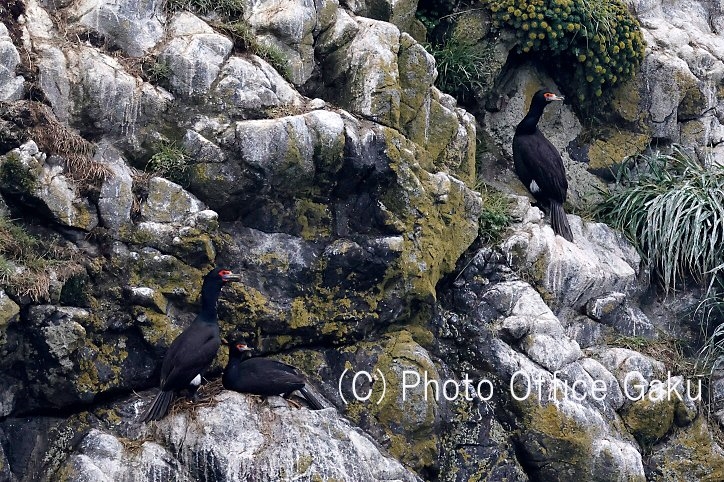
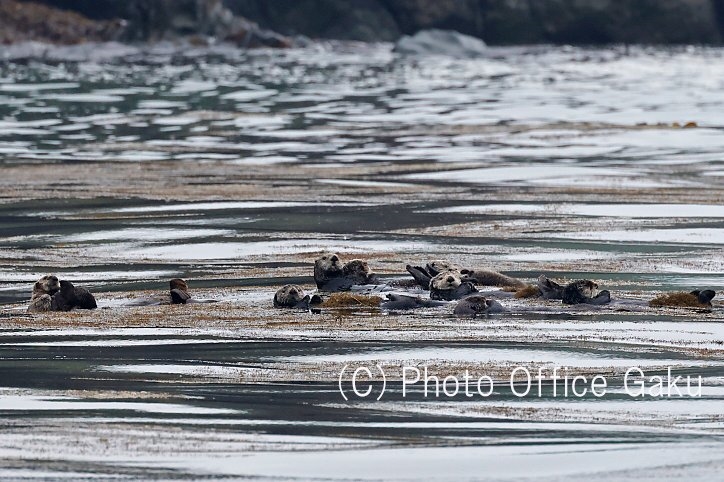

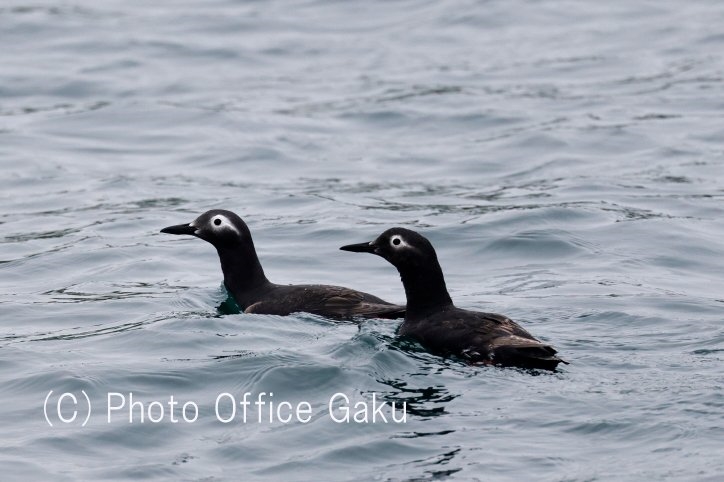
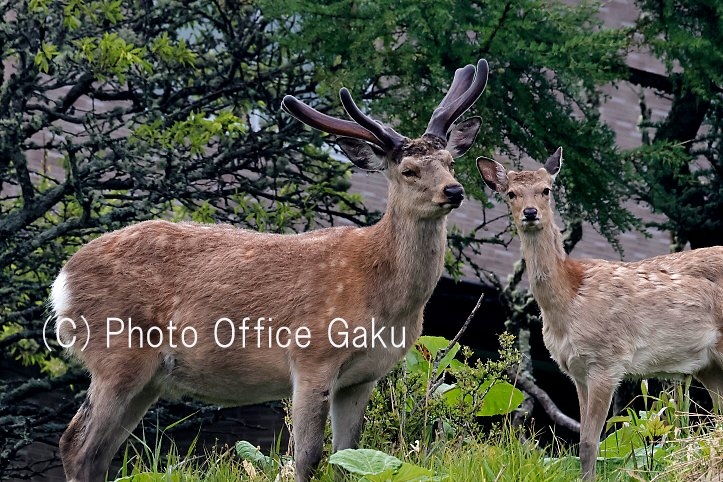
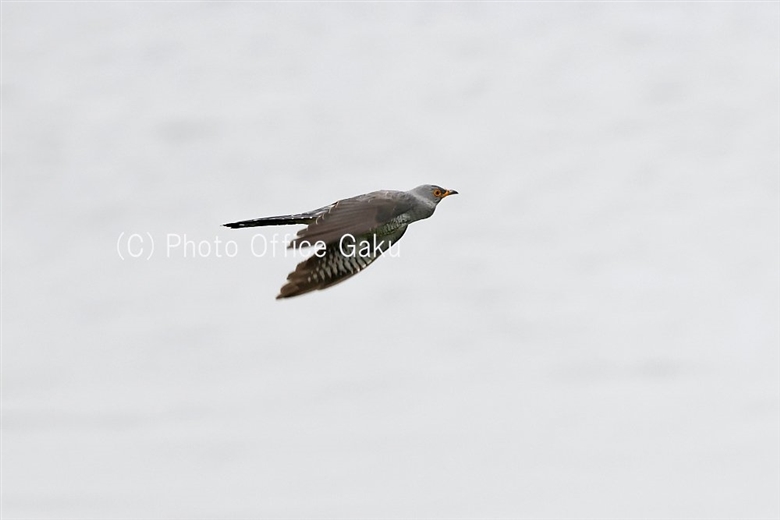
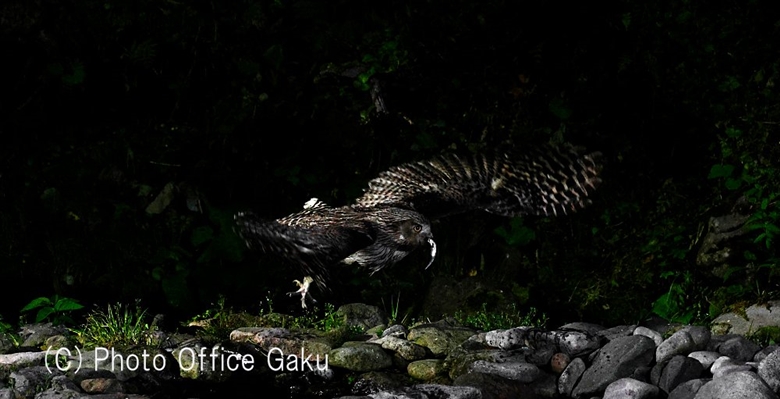







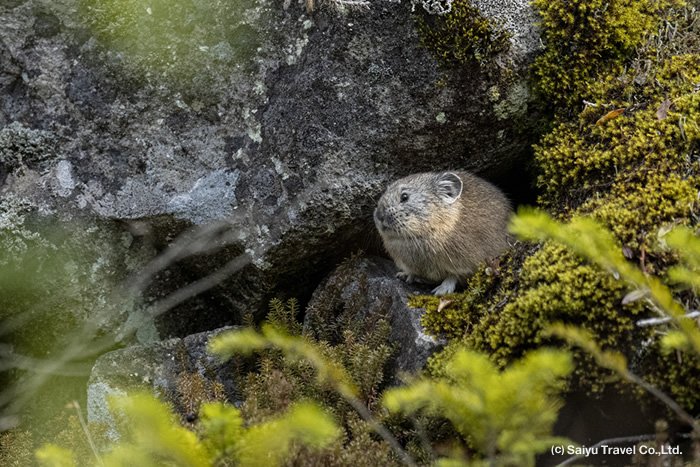
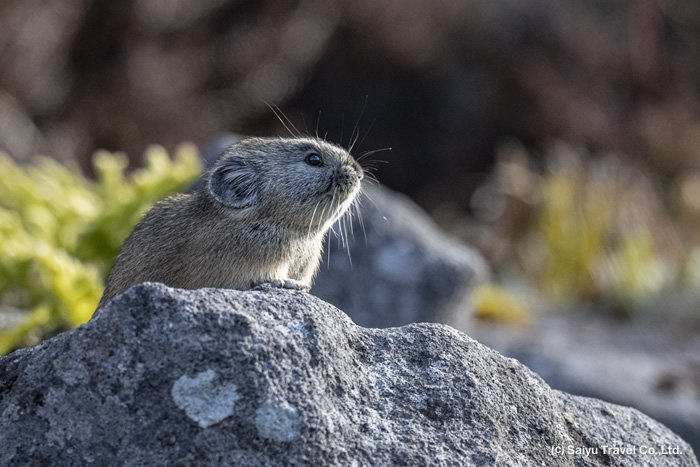






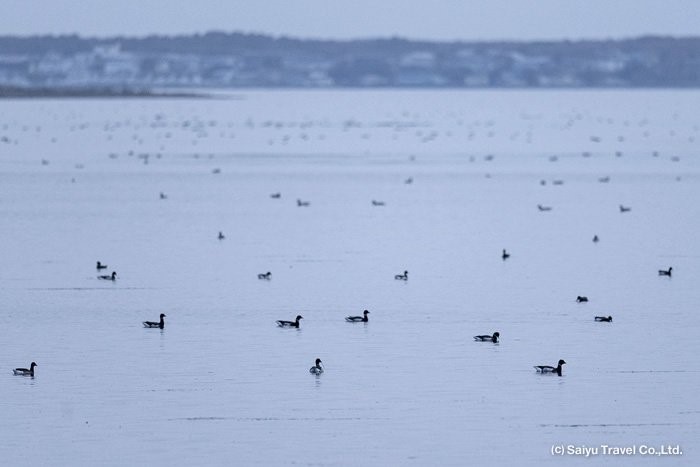
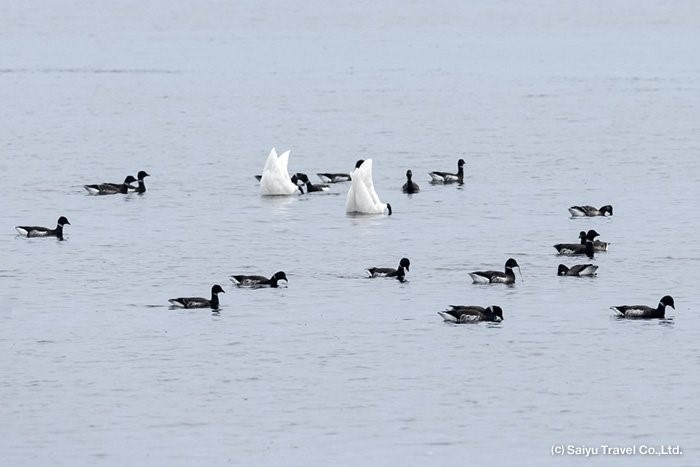
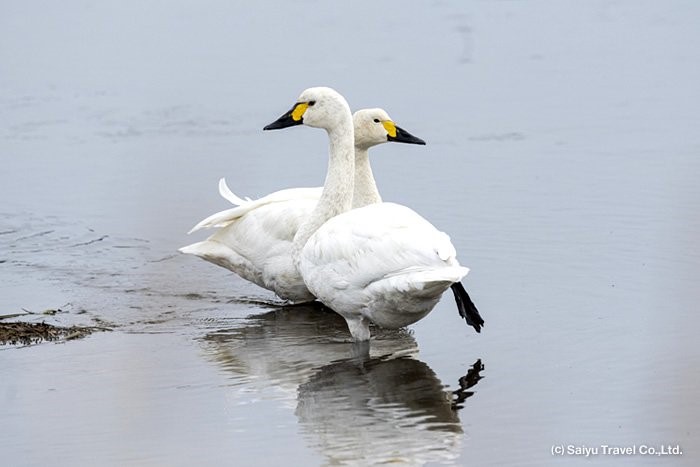
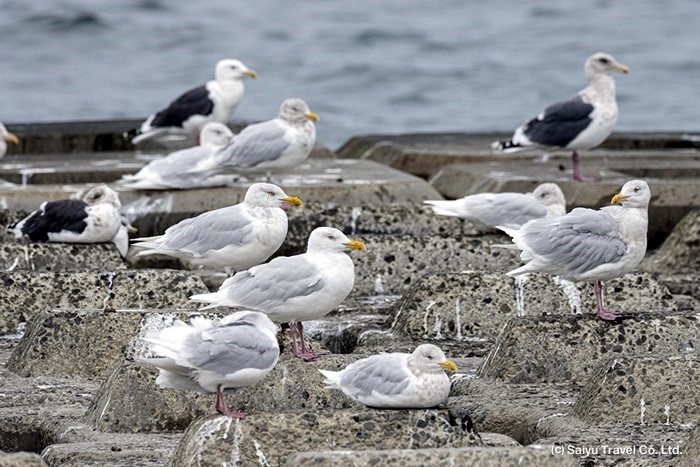
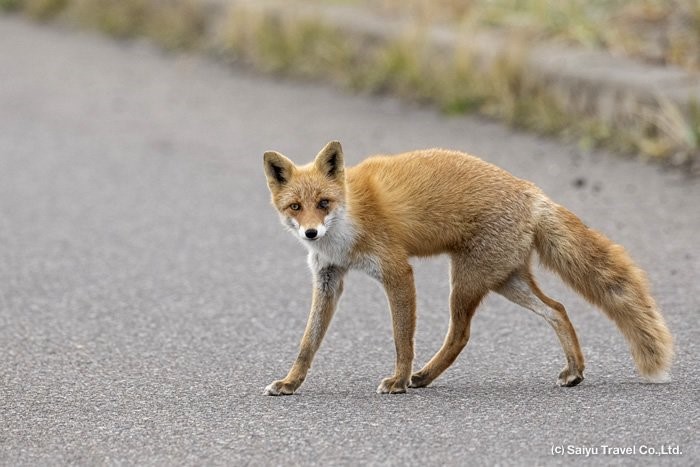
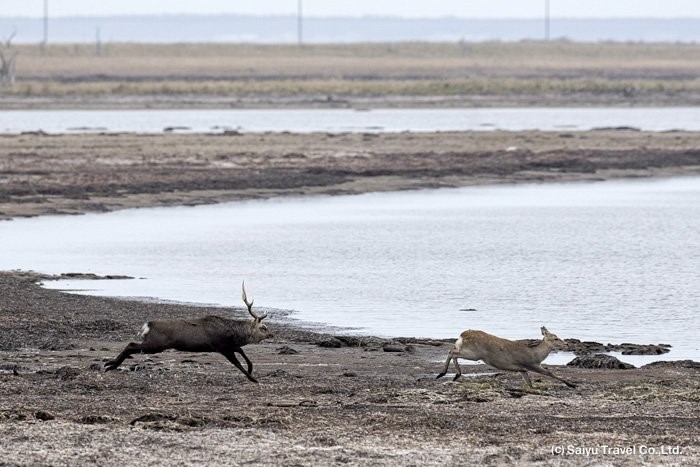
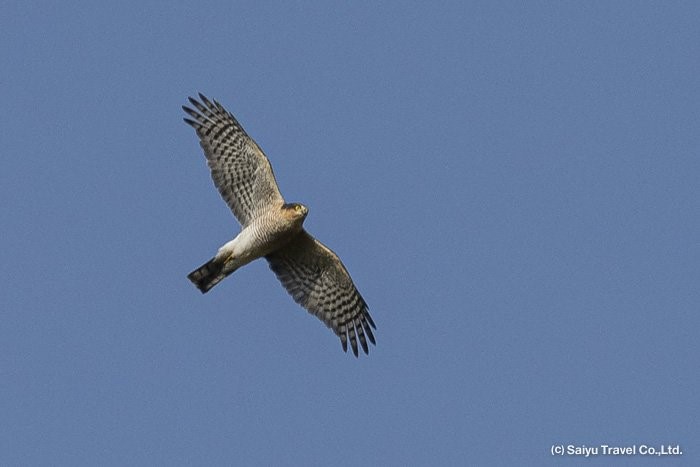
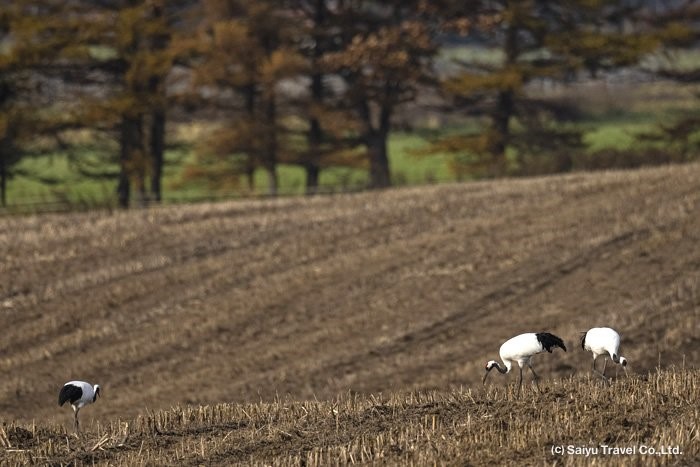
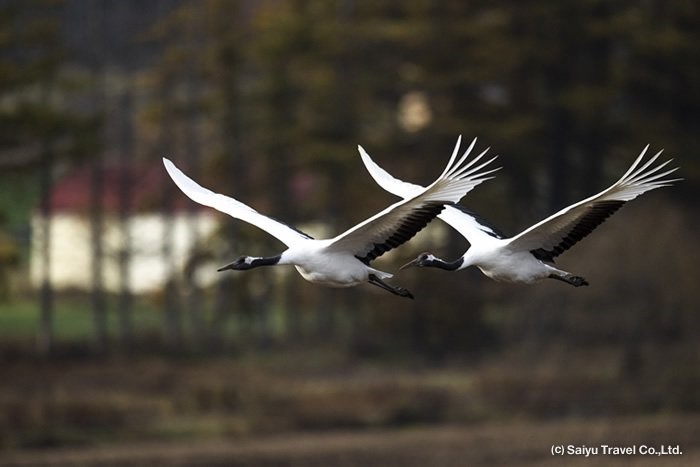
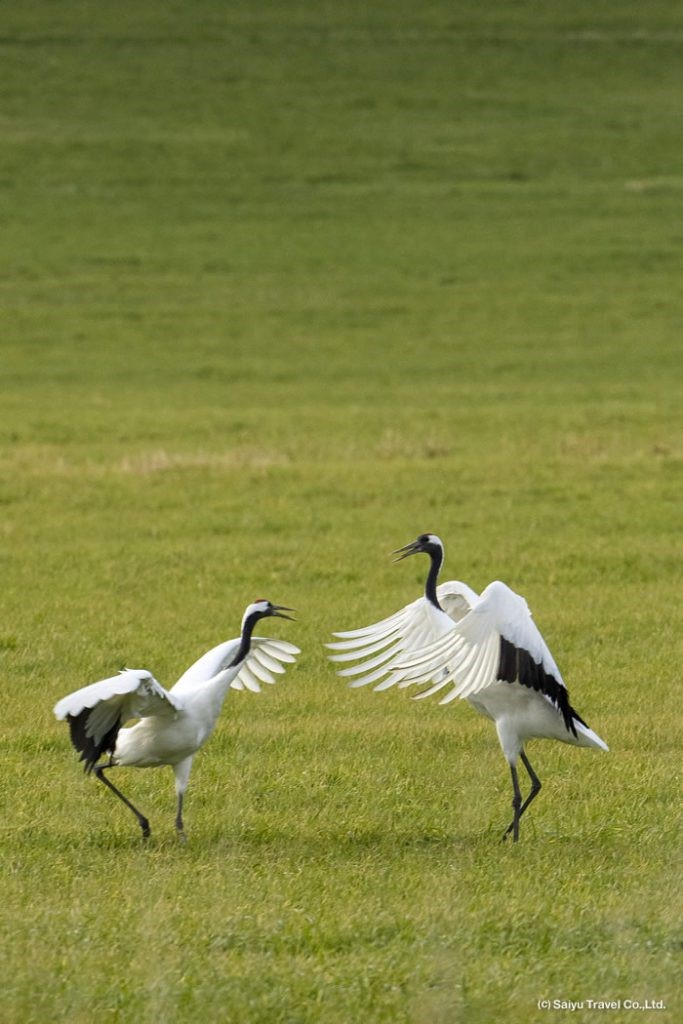

.jpg)








 Born in Aichi Prefecture in 1966 and currently resides there. Became interested in photography when he was a junior in high school. He has been taking photographs mainly of natural scenery and wildlife, which he has loved since he was a child. Currently, rather than taking “pretty, cute, and cool” photos, he focuses on taking photos of scenes that have a human touch and environmental scenes that show the relationship with human life. Ultimately, he aims for “photographs that have a smell. His work has been published in photo collections and exhibitions, and used in magazines, illustrated books, and calendars. His photographic collections include “Raicho Korokoro” and others.
Born in Aichi Prefecture in 1966 and currently resides there. Became interested in photography when he was a junior in high school. He has been taking photographs mainly of natural scenery and wildlife, which he has loved since he was a child. Currently, rather than taking “pretty, cute, and cool” photos, he focuses on taking photos of scenes that have a human touch and environmental scenes that show the relationship with human life. Ultimately, he aims for “photographs that have a smell. His work has been published in photo collections and exhibitions, and used in magazines, illustrated books, and calendars. His photographic collections include “Raicho Korokoro” and others.